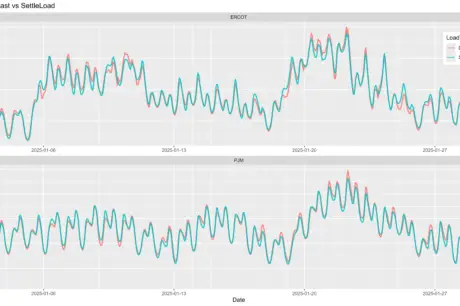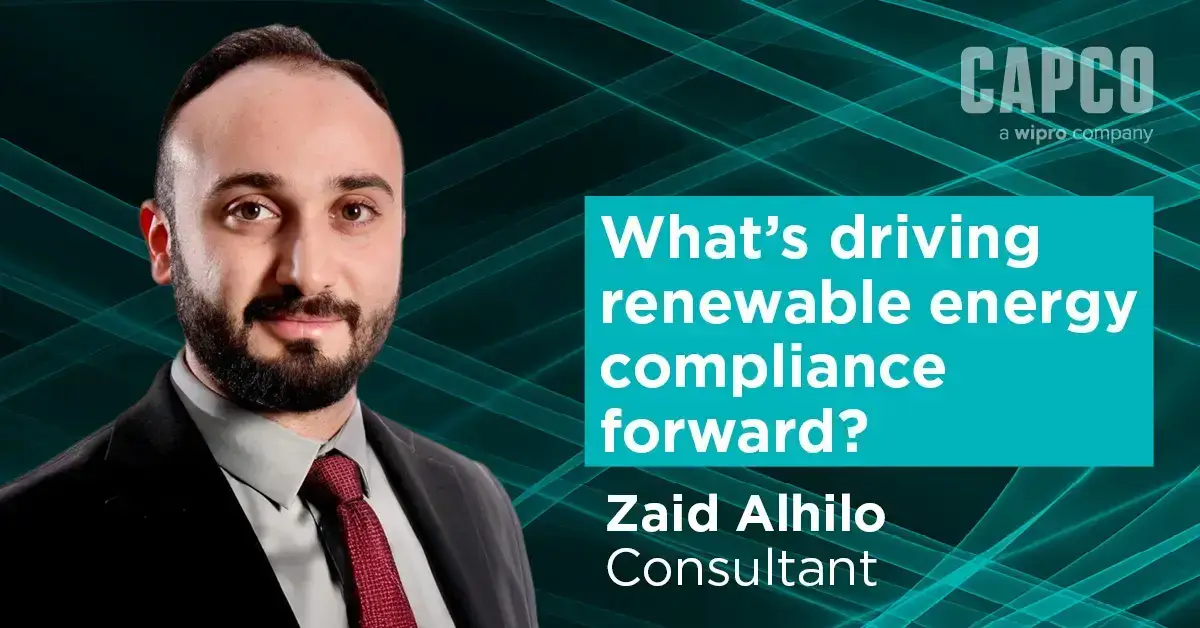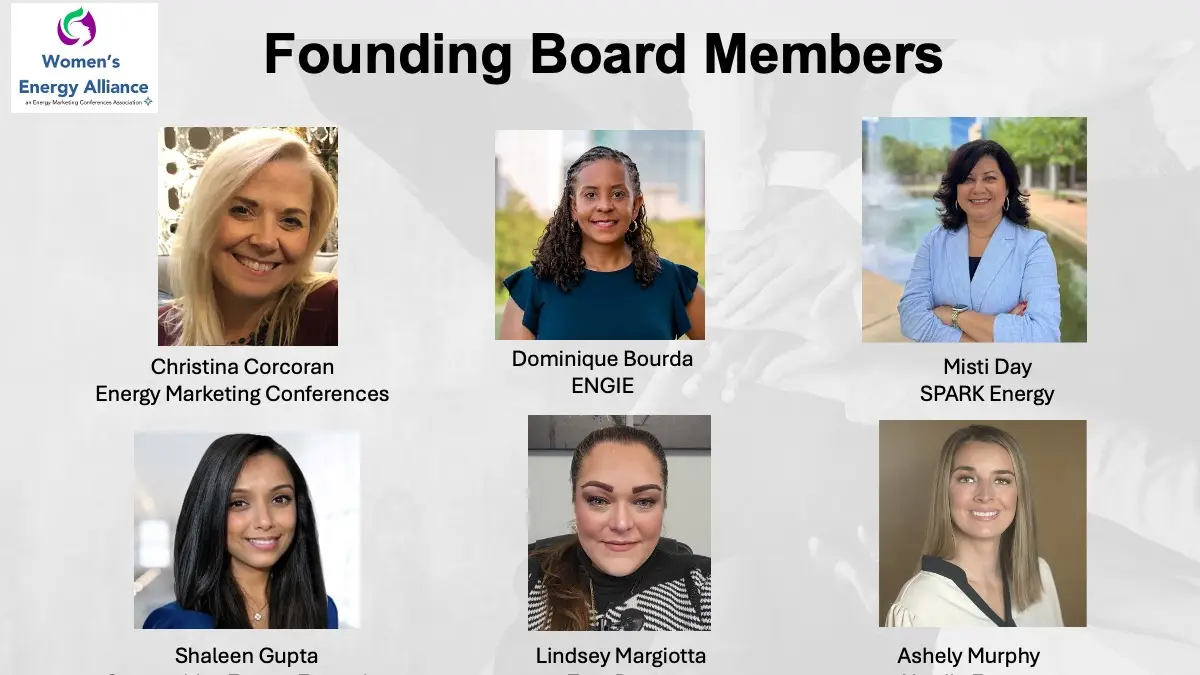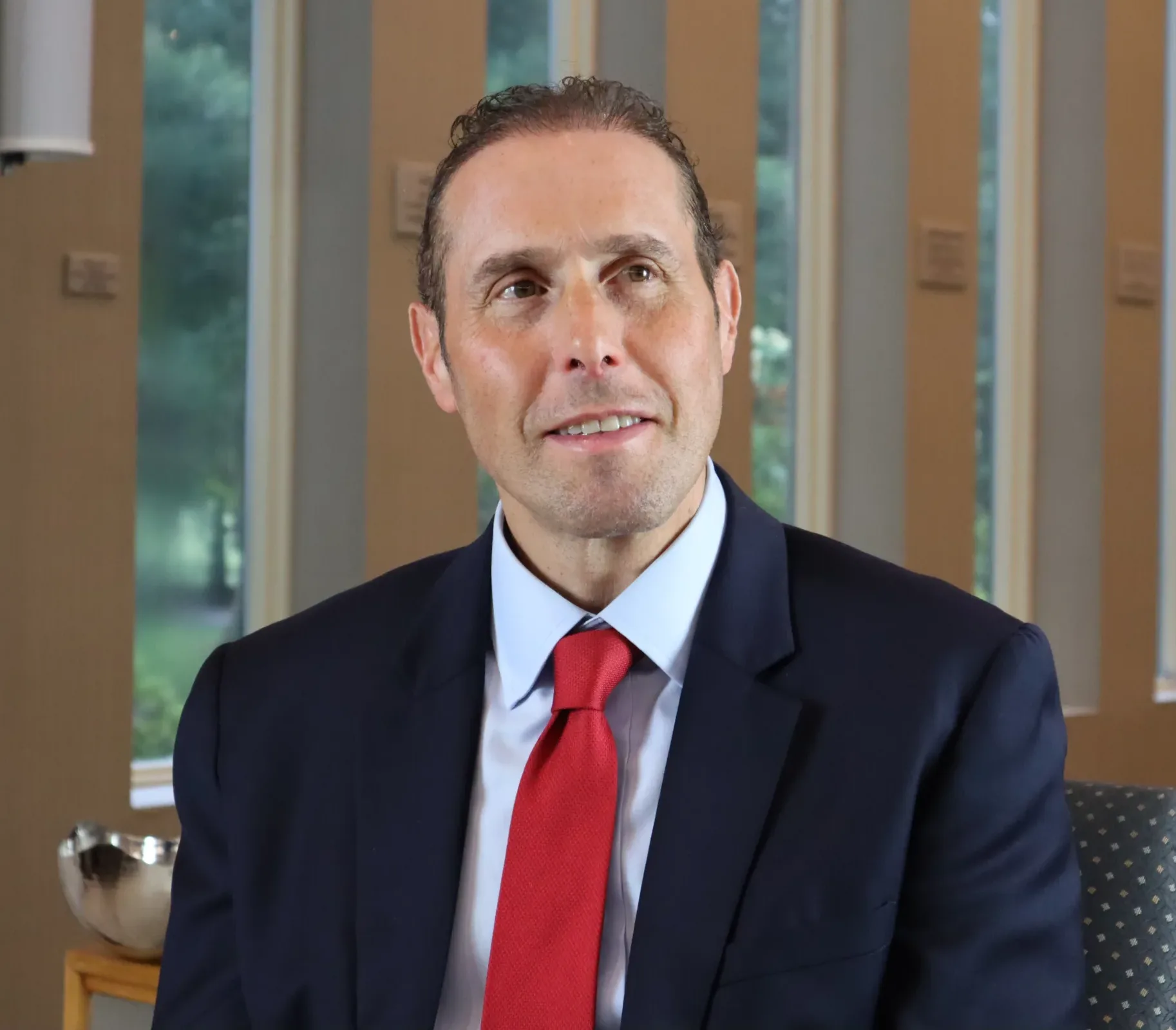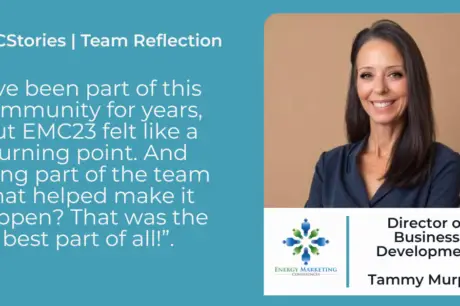Last year, all the shrimp in the world couldn’t save Red Lobster from walking the plank into bankruptcy. The Orlando-based seafood chain abruptly shuttering nearly 100 of its restaurants shortly before filing for Chapter 11 protection in late May of 2024, with over $1 billion in debt and less than $30 million cash on hand. The company, citing longstanding financial woes – including a compounded $11 million loss stemming from the company’s poorly planned, excessively promoted, and supply chain plagued “Ultimate Endless Shrimp” deal.
But it wasn’t long before Red Lobster emerged on the other side, exiting bankruptcy in September with a new owner and CEO at its helm. It was a move that caught the business world’s attention, the new owner appointing then 35-year-old Damola Adamoleku as the youngest CEO in the company’s nearly six-decade long history.
But what makes turnaround particularly noteworthy is not just the continued trust placed in Adamolekun, but his remarkably young age and unconventional background for a CEO of a major restaurant chain.
Adamolekun, whose path to leadership took him from the halls of Harvard, to partner at Thai Union PCL and investment firm Lime Partners, represents a departure from traditional restaurant industry executives who typically rise through decades of operations experience and stands as a powerful signal of a broader shift happening across industries, where younger leaders are increasingly taking the reins of major organizations.
So what does a ubiquitous, fast-casual seafood chain have to do with the retail energy marketspace? The restaurant industry, much like that of retail energy, is known for its inherently volatile nature – where shifting trends and tastes can easily keep a fledging business from ever taking flight – and bring down well-loved, longstanding entities, like Red Lobster, alike.
Adamolekun’s approach to leadership offers valuable insights for any industry in transition. Known for his focus on operational efficiency and digital innovation, he emphasizes three key principles: maintaining a learning mindset, prioritizing effectively, and fostering open communication. Principles resonate particularly strongly in the retail energy sector, where digital transformation and changing consumer preferences are reshaping the landscape.
So it’s not just the restaurant industry that’s seeing a surge of young business visionaries like Adamolekun rise through the ranks, shaking up traditional business models with a fresh, next-gen perspective. The energy sector is experiencing its own youth movement, with Gen-Z professionals bringing fresh perspectives to everything from renewable energy integration to customer engagement strategies.
And just as consumers have buying preferences – so, too, do they when it comes to the places they prefer to work. According to Handshake’s research, Gen-Z job seekers are increasingly seeking out roles at companies with strong environmental commitments, with many viewing the energy sector as an opportunity to make a meaningful impact.
And the business they choose to lend their talent too are benefiting from the influx of their fresh perspectives. The energy industry being no exception, turning to Gen-Z to fill critical roles as they continue to navigate the turbulent energy transition at hand. These young professionals are driving innovation in areas like digitization and data analytics, helping companies enhance customer experience and build loyalty in an increasingly competitive market.
McKinsey’s research on leadership in the changing energy environment highlights how this generational shift is transforming organizational structures. Young leaders are bringing new approaches to problem-solving, emphasizing sustainability, and leveraging technology in ways that their predecessors might not have considered.
So how can Retail Energy Providers apply these lessons to transform their own businesses? The blueprint lies in three critical areas where Red Lobster’s journey mirrors the challenges facing today’s energy providers:
Pricing Pressure & Consumer Behavior
First, providers must rethink their pricing architecture. Red Lobster’s “Ultimate Endless Shrimp” promotion demonstrates how even well-intentioned customer acquisition strategies can lead to devastating losses when pricing models don’t account for market volatility.
For REPs, this means moving beyond simple fixed vs. variable rate structures. Success requires implementing sophisticated demand forecasting systems and dynamic pricing models that can adapt to market conditions while maintaining profitability. This includes developing robust hedging strategies to protect against extreme events like Winter Storm Uri, which exposed the vulnerabilities of ultra-low variable rate models.
Brand & Customer Loyalty Challenges
Second, customer retention demands a fundamental shift in approach. Just as Red Lobster is modernizing its brand identity, energy providers must evolve beyond competing solely on price.
Companies like Ironhorse started to be a REP that handles the customer experience in the best way that they can. They have multiple different strategies and operational practices that allow that, but they focus on being an easy REP to have a relationship with their customers and brokers. They want the customer to not feel a burden when having to call your electricity company. At a high level they accomplish that with upfront and throughout transparency as well as the people that they have on their team that interact with their customers.
Leadership & Industry Transformation
Finally, embracing transformation requires new perspectives at the leadership level. Red Lobster’s success with a young, tech-savvy CEO highlights the value of combining fresh viewpoints with industry experience. REPs can foster this innovation by creating leadership development programs that pair industry veterans with emerging talent, particularly in areas like digital transformation and sustainability initiatives.
The energy retail market is at a pivotal moment, much like the restaurant industry. Those who successfully integrate these lessons – sophisticated pricing strategies, enhanced customer engagement, and innovative leadership approaches – will be best positioned to thrive in an increasingly competitive and complex marketplace.





